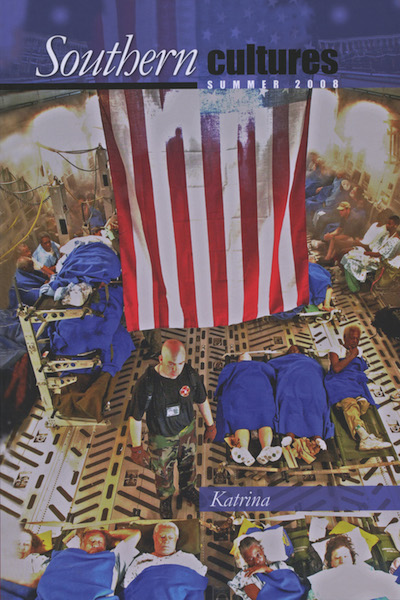“How can an almost seventy-year-old film, sensationalizing an event eighty-five years prior, so accurately reflect the details of present-day disaster? The film wasn’t depicting something analogous to Katrina as much as it was almost predicting Katrina.”
Consider the following narrative: Just before the disaster hit New Orleans, authorities urged every able citizen to leave at once. Those with means fled to safer ground outside the city, while the recalcitrant and the poor stayed behind. Then, almost immediately, the disaster struck, spawning terror and chaos and sending city leaders scrambling for a plan. They sealed off all the roads and waterways and forbade anyone to enter or leave New Orleans without a pass from the governor. Officials in the outlying parishes had orders to shoot anyone who “crossed the line.” And authorities in the city began transporting everyone who needed help to a centralized location to the west—a place where recovery would prove harder, not easier. Gunfire and smoke fouled the night air as armed police guarded the more affluent neighborhoods. Search and rescue teams painted eerie symbols on the doors of houses so the dead could be counted and collected later. Compounding the tragedy, it was clear from the outset that none of this would have happened if the leaders of New Orleans had heeded warnings about the city’s shoddy infrastructure. Because they didn’t take proper steps to avoid it, a disaster of this scale had become inevitable.


